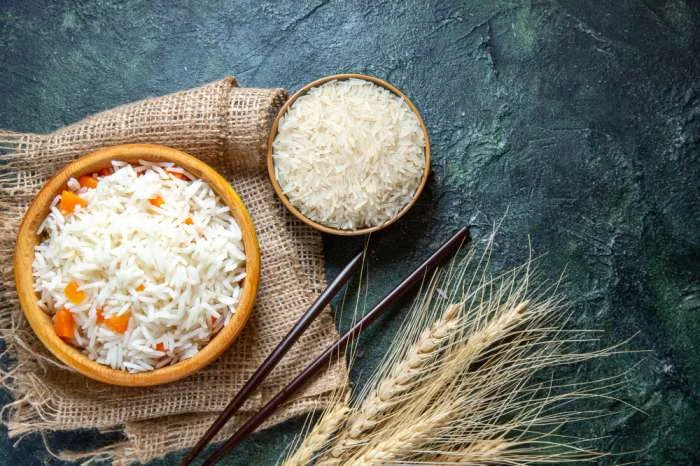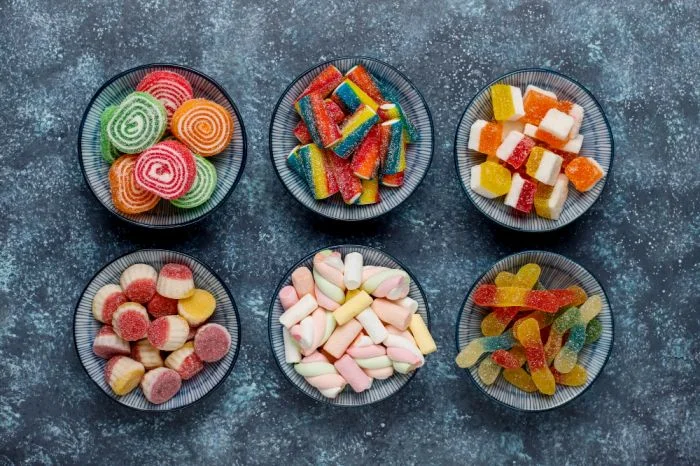“When was the last time a pasta dish made you pause mid-bite, surprised by something so familiar yet so new?”
That’s exactly what happened to me last autumn.
I had a leftover bunch of sage wilting in the fridge and a jar of sunflower seeds collecting dust. My usual go-to was pesto, but I was out of basil and pine nuts. So I threw caution (and tradition) to the wind. What came out was something special: a sage and sunflower seed sauce that clings to pasta like a dream and warms you up from the inside out.
Let’s be honest—we’ve all seen a hundred pasta recipes. But this one? This one flips the script.
Why This Pasta is Worth Your Attention
In a world where pine nuts cost more than gold and fresh basil has the shelf life of a mayfly, sunflower seeds and sage are the underrated pantry heroes.
- Sage: Often dismissed as just a holiday herb, sage is bold, earthy, and slightly peppery. It lends a deep herbal warmth to the sauce.
- Sunflower seeds: They offer a creamy texture similar to cashews or almonds when blended, but they’re way more budget-friendly.
- Olive oil: A good-quality extra virgin oil ties everything together with its fruity, slightly bitter notes.
Plus, this recipe is vegan (unless you opt for the cheese topping), naturally gluten-free (if you use GF pasta), and packed with healthy fats and plant-based protein.
Ingredients (Serves 4)
- 25–30 fresh sage leaves
- 1 cup unsalted sunflower seeds
- 3 tbsp high-quality olive oil
- 350g pasta (any type you love)
- Salt (for pasta water)
- Optional: grated cheese or crushed sunflower seeds for garnish
How to Make Sage & Sunflower Seed Pasta
1. Blend It Up
In a food processor, combine the sage leaves, sunflower seeds, and olive oil. Pulse until it forms a chunky paste. Don’t over-process it—you’re aiming for texture.
“I tried blending it to a smooth cream the first time. Mistake. The paste should have bite, giving the sauce character.”
2. Sizzle the Flavours
Warm a pan on medium heat. Add the sage paste and cook for about 5 minutes, stirring occasionally. The aroma will be your cue—a nutty, herbal fragrance that means it’s ready.
“Cooking the paste mellows the sage, eliminating any bitterness and making the flavour richer.”
3. Perfectly Cooked Pasta
Boil pasta in heavily salted water. It should taste like the sea. This step enhances every other flavour in the dish.
Cook until al dente. Save a cup of pasta water before draining.
4. Bring It All Together
Return the pasta to the pan with the sage mixture. Over low heat, toss everything together, adding pasta water gradually. This makes the sauce creamy without any dairy.
5. The Finishing Touch
Serve hot. Add a drizzle of olive oil, and if you’re feeling fancy, top with grated hard cheese or a sprinkle of crushed sunflower seeds for crunch.
What Makes This Recipe Unique?
Budget-Friendly Superstars
Unlike traditional pesto that calls for pine nuts and Parmesan, this recipe costs a fraction of the price while offering the same luxurious texture.
Tested & Tweaked
I tested this recipe using roasted and raw sunflower seeds. Roasted gives a deeper flavour; raw offers a cleaner, nuttier taste. Go with roasted for that extra punch.
Expert Insight
According to Dr. Meera Patel, a nutritionist based in London:
“Sunflower seeds are rich in vitamin E and magnesium, which support heart health. When paired with olive oil and herbs like sage, you’re not just eating well—you’re boosting your body’s resilience.”
Make It Your Own
- Add protein: Throw in grilled chicken, chickpeas, or seared tofu.
- Go spicy: A pinch of red chilli flakes adds a nice kick.
- Add citrus: A splash of lemon juice can brighten up the sauce beautifully.
FAQ:
Q: Can I store the sage paste for later?
Yes! It keeps well in the fridge for up to 5 days. Just store in an airtight container with a layer of olive oil on top.
Q: Can I freeze it?
Absolutely. Spoon it into ice cube trays and freeze. Pop out a cube or two whenever you need a quick pasta sauce base.
Q: Is this dish kid-friendly?
It depends on their taste preferences. If they’re used to herbs, they might love it. You could tone down the sage and mix it with a mild pesto for younger palates.
Q: What wine pairs well with this?
Try a crisp white like Sauvignon Blanc or a dry rosé. The herbal and nutty profile pairs well with lighter wines.
Final Thoughts
This pasta isn’t just another dinner idea. It’s proof that creativity thrives in constraints. With a few humble ingredients, you can create something that feels both comforting and elevated.
If you give this Sage & Sunflower Seed Pasta a try, I’d love to hear your take on it. Did you add your own spin? Swap in another seed or herb? Let’s swap notes below!


















